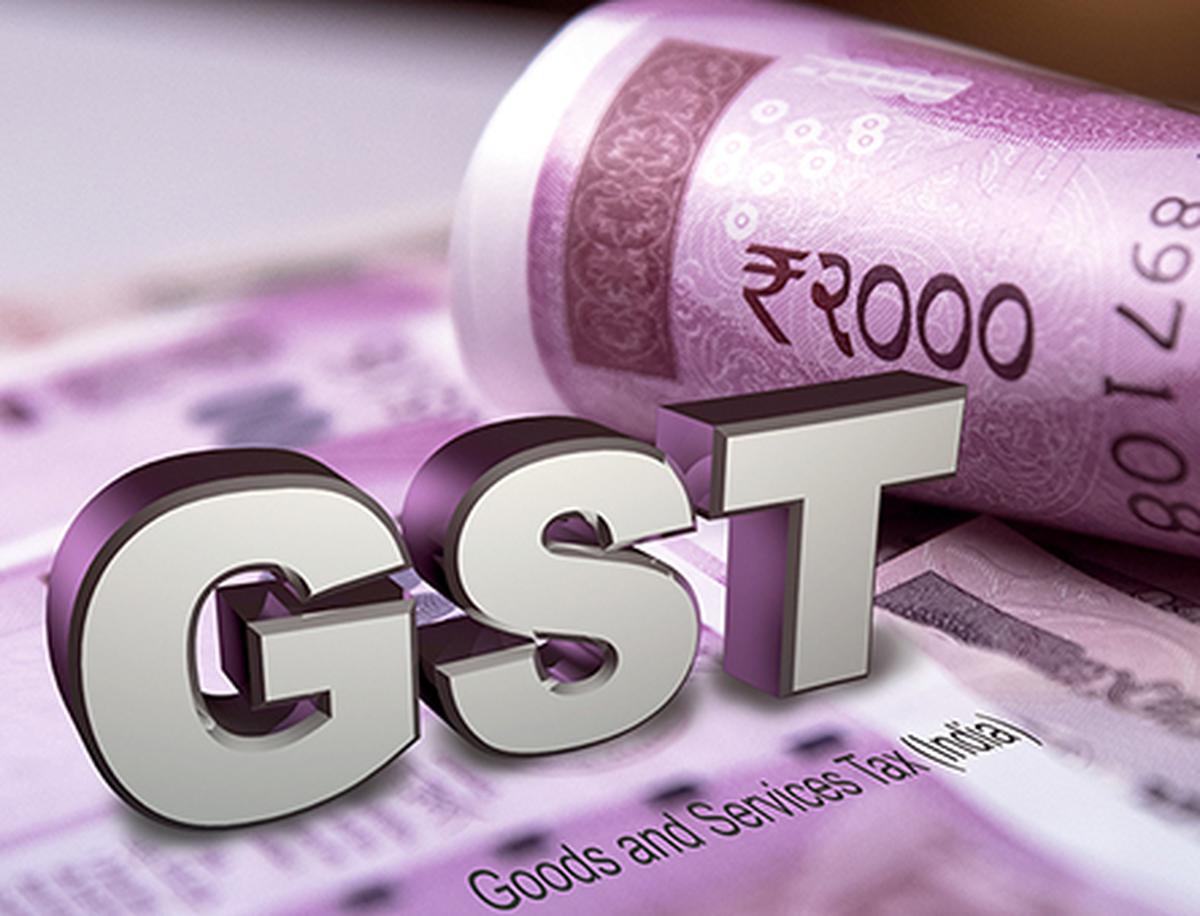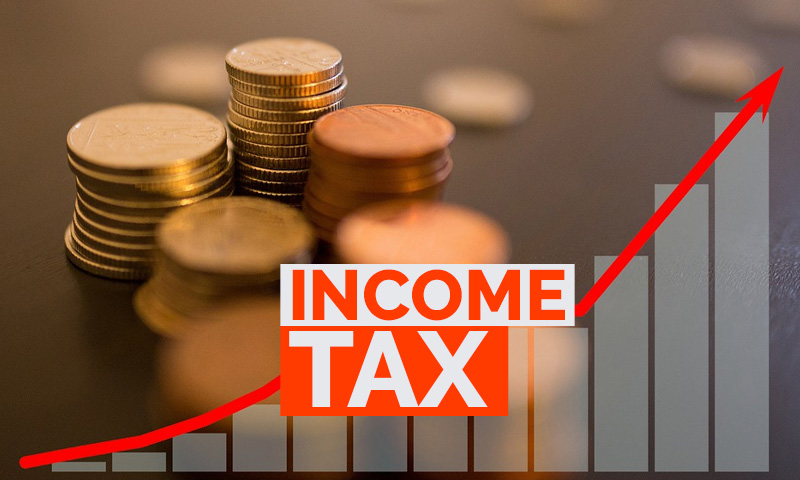GST Council Meet 2023: Tax incidence on MUVs to increase with 22% cess

GST Council Meet 2023: Tax incidence on MUVs to increase with 22% cess
In the meeting held on July 11, the Goods and Services Tax (GST) Council made a decision that will result in a slight increase in the tax incidence on Multi Utility Vehicles (MUVs). The council approved a 22 percent cess on MUVs, bringing them at par with Sports Utility Vehicles (SUVs) in terms of taxation.

Previously, MUVs were subject to a lower tax rate compared to SUVs. However, with the recent decision, both MUVs and SUVs will now attract the same 22 percent cess. This change in tax incidence is expected to impact the pricing and affordability of MUVs in the market.
The decision to align the tax rates for MUVs with SUVs reflects the government’s objective of maintaining consistency in the taxation of vehicles in similar categories. The move may be aimed at addressing any potential tax arbitrage or distortions in the market that could arise from differential tax treatment.
It is important to note that the tax incidence refers to the burden or impact of taxation on the price of goods or services. With the increase in the cess on MUVs, the overall tax burden on these vehicles will be slightly higher, which can impact their cost and affordability for consumers.
The specific details of the implementation and effective date of the revised tax rates on MUVs will depend on the subsequent notifications and guidelines issued by the concerned authorities. It is advisable for individuals and businesses involved in the automotive sector to stay updated on the official announcements and consult relevant sources for accurate and comprehensive information regarding the revised tax structure for MUVs.
In the 50th meeting of the Goods and Services Tax (GST) Council, it was decided to increase the GST cess on Multi-Utility Vehicles (MUVs) that meet specific length and engine criteria. The current GST cess rate of 20 percent will be raised to 22 percent for these vehicles. This decision will have an impact on the tax incidence borne by companies, as their tax burden will increase by 2 percent.

The GST Council is a governing body in India responsible for making decisions regarding the Goods and Services Tax, which is a comprehensive indirect tax levied on the supply of goods and services across the country. The council consists of representatives from the central government as well as the state governments.
The decision to increase the GST cess specifically applies to MUVs that fulfill certain length and engine specifications. The exact details of these criteria may vary and are typically defined by the council in order to target specific types of vehicles. MUVs, also known as Multi-Purpose Vehicles, are designed to carry passengers as well as cargo, making them suitable for various purposes.
By raising the GST cess from 20 percent to 22 percent on qualifying MUVs, the government aims to adjust the tax incidence on these vehicles. The tax incidence refers to the impact of taxes on the final price or cost borne by businesses or consumers. In this case, the 2 percent increase in the GST cess will result in higher tax liability for companies involved in the production, sale, or distribution of MUVs meeting the prescribed criteria.
It’s important to note that the impact of this decision may vary for different stakeholders in the automotive industry. The increase in tax incidence could potentially affect the pricing of MUVs, which may have implications for consumers as well. The additional revenue generated from the higher GST cess can be utilized by the government for various purposes, such as infrastructure development or other public welfare initiatives.
It’s advisable to refer to official government notifications, circulars, or relevant sources for the most accurate and up-to-date information regarding the specific details and implementation of the increased GST cess on qualifying MUVs. The companies may decide to pass it to consumers or reduce the margin slightly.
As of my knowledge cutoff in September 2021, I do not have specific information regarding any recent changes or updates related to multi-utility vehicles (MUVs) and their taxation. Therefore, I cannot provide you with accurate information about whether MUVs with specific characteristics, such as length greater than 4 meters, engine capacity over 1,500cc, and ground clearance of 170mm, would attract a 22 percent cess similar to SUVs.

It’s important to note that tax rates and regulations can vary from country to country and may also change over time based on governmental policies. To obtain the most up-to-date and accurate information on the taxation of MUVs, I recommend checking with the relevant government authorities or consulting the latest official announcements, publications, or sources specific to your country or region.
In September 2017, during the 21st meeting of the Goods and Services Tax (GST) Council in India, a decision was made to impose a compensation cess of 22 percent on Sports Utility Vehicles (SUVs). This means that SUVs attract an additional cess of 22 percent on top of the applicable GST rate.
It’s important to note that the GST rate for SUVs and Multi-Utility Vehicles (MUVs) is set at 28 percent. This higher rate was determined by the GST Council and applies to these vehicle categories.
However, sedans, which fall under a different vehicle category, are not subject to the higher cess. Finance Minister Nirmala Sitharaman clarified during a press conference that sedans would not come under the purview of the higher cess. The exact GST rate for sedans may vary depending on the specifications and price range of the particular vehicle.
These decisions regarding GST rates and compensation cess were made by the GST Council, which is responsible for making recommendations and decisions related to GST in India.
I apologize for any confusion. If the proposal you mentioned was indeed discussed and approved by the GST Council, it indicates that certain utility vehicles that meet the conditions of having a length greater than 4,000 mm but are commonly referred to as Multi Utility Vehicles (MUVs), multipurpose vehicles, or Crossover Utility Vehicles (XUVs) would attract a 22 percent cess, similar to SUVs.
The decision to impose a higher cess on these vehicles might be based on various factors, such as their perceived higher luxury status, fuel consumption, emissions, or other regulatory considerations. By levying a higher cess, the government aims to generate additional revenue and potentially discourage the purchase of larger utility vehicles.

However, please note that the specifics of such tax regulations, including the exact criteria for vehicle classification and applicable cess rates, can vary between countries and may have been updated since my knowledge cutoff in September 2021. To obtain the most accurate and up-to-date information regarding this proposal and its implementation, I recommend referring to official government sources, notifications, or consult a tax expert well-versed in the current tax regulations in your region.




